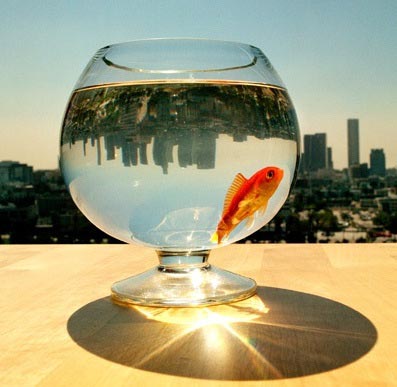
In class this week, we talked about prestige and how our American society uses it rather than in different countries. You can earn it in respect or reward, go higher or lower in rank through occupations, and its determined by pay, education and abstract thought. Prestige is very prominent in the American culture. As we grow up, we learn that we must aspire to work hard if we want to live and enriched, rich life. Sometimes, people are born as heirs or born in the ghetto. With the diversity in class, people can achieve to be whatever they want to be to contribute in society. We learn to want to be a doctor or a lawyer because of what rank in society we are born into. Socialist and Communist countries don’t work because of this. We need someone to be the leader and someone to be poor. If everyone earned the same amount of money, no one would even try to work harder and push themselves to be better. Every society needs prestige to function. I’m talking prestige worldwide!












